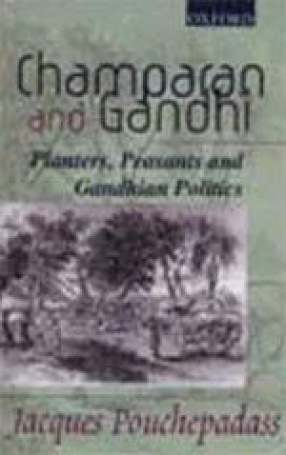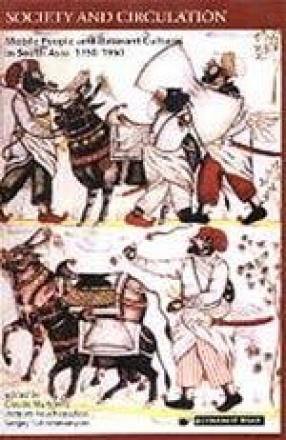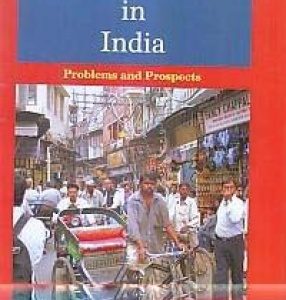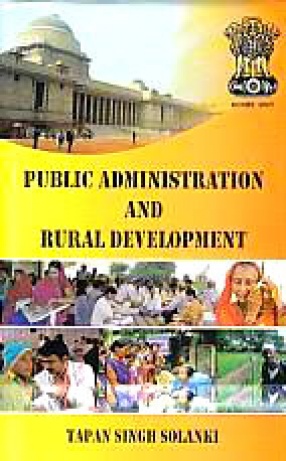This landmark study constitutes perhaps the only comprehensive analysis of the roots of agricultural stagnation in Bihar. Unlike others, this book incorporates (a) ecological, technical, demographic and economic factors, (b) the impact of the land, revenue, legal and commercial policies during colonial rule, and (c) the influence of rural social systems and ideologies. The result is a rigorous, systematic and coherent study of rural economic and social structure within a well-defined regional and chronological framework. An extended essay in quantitative economic and social history, it is based on a detailed district case study of the genesis of agrarian underdevelopment and rural stagnation in north Bihar during the last century of colonial rule. The first part deals with the material framework of and trends in agricultural production. Part two analyses the power structure which prevailed in the countryside, focusing on local varieties of landlordism, the forms and limits of state control over rural life, and the ideology and practice of land relations. Part three covers the development modes of operation, efficiency and growth of market mechanisms. The author highlights free peasant marketing and forced commercialisation and the stratified pattern of accumulation and investment in the countryside. The conclusion provides a holistic overview of the social, political, economic and ideological hindrances to agricultural growth in modern Bihar, emphasising the role of the state in such a situation. This unique book is a major contribution to an understanding of forms of social and economic underdevelopment under colonial rule while constituting a critique of western orientalist paradigms. It will be of considerable interest to students and scholars in the fields of history, economics, sociology, political economy, agrarian studies and public administration.
Champaran and Gandhi: Planters, Peasants and Gandhian Politics
This book studies the indigo ...
$21.60
$24.00








There are no reviews yet.